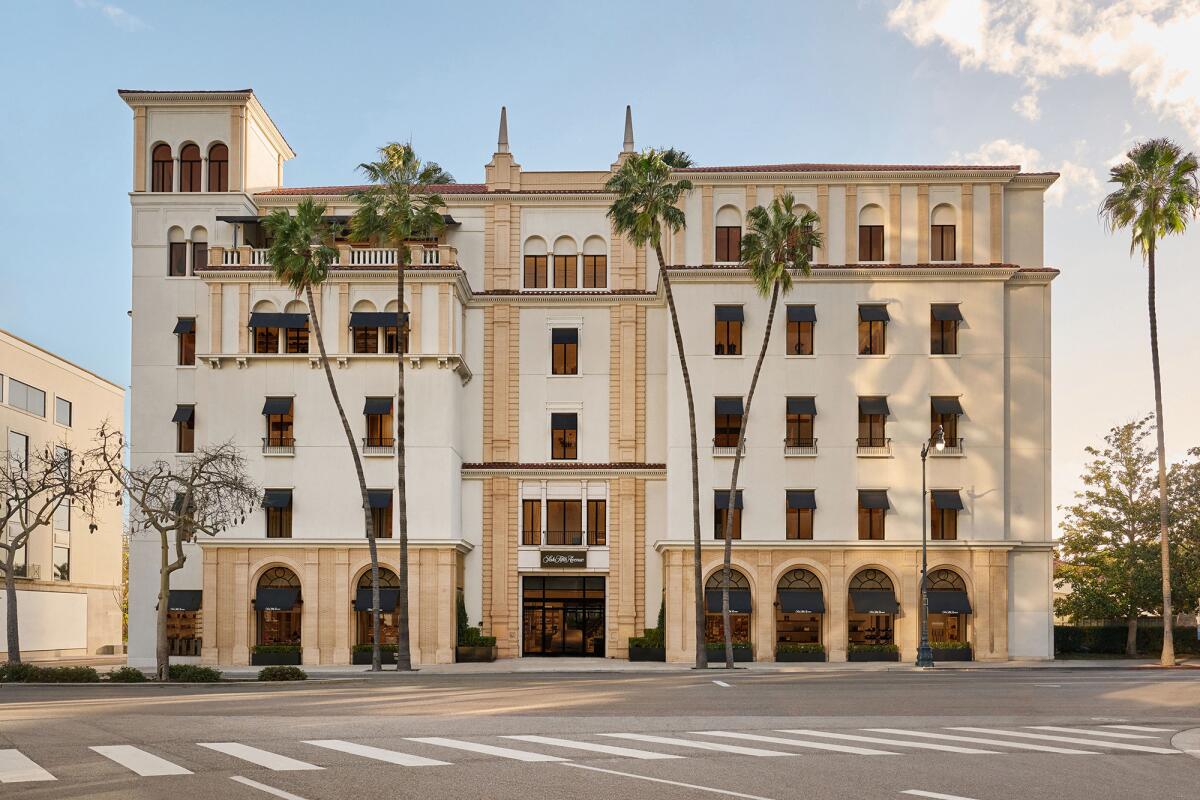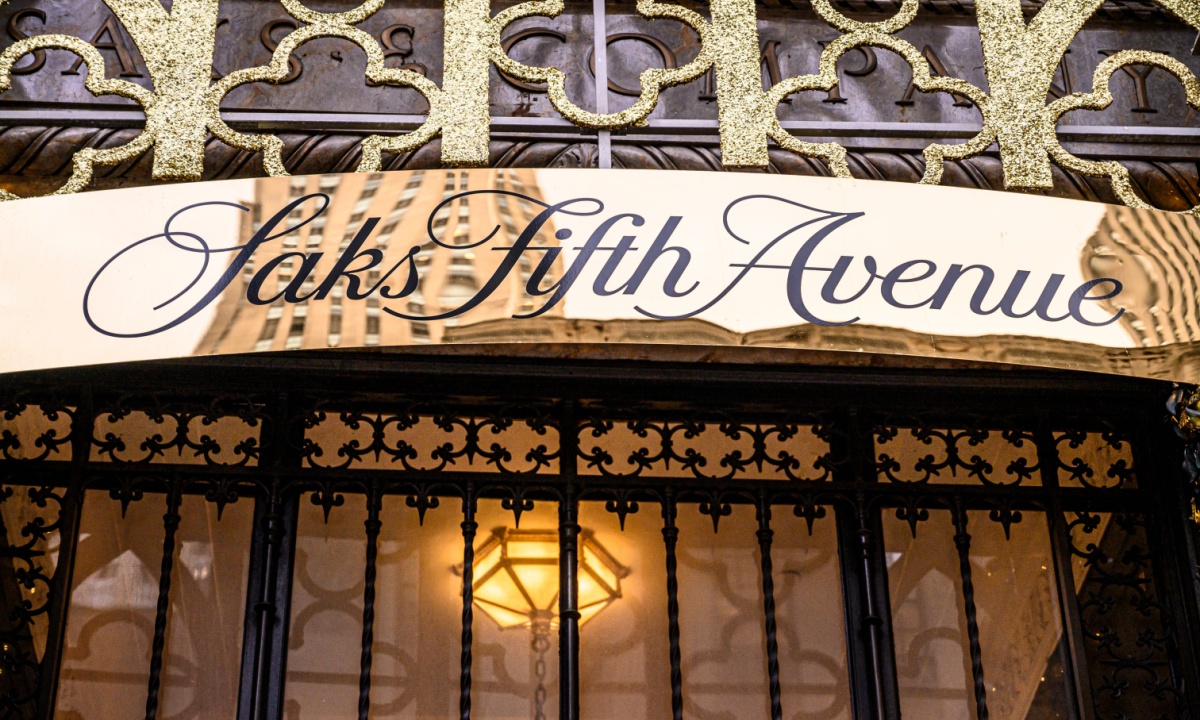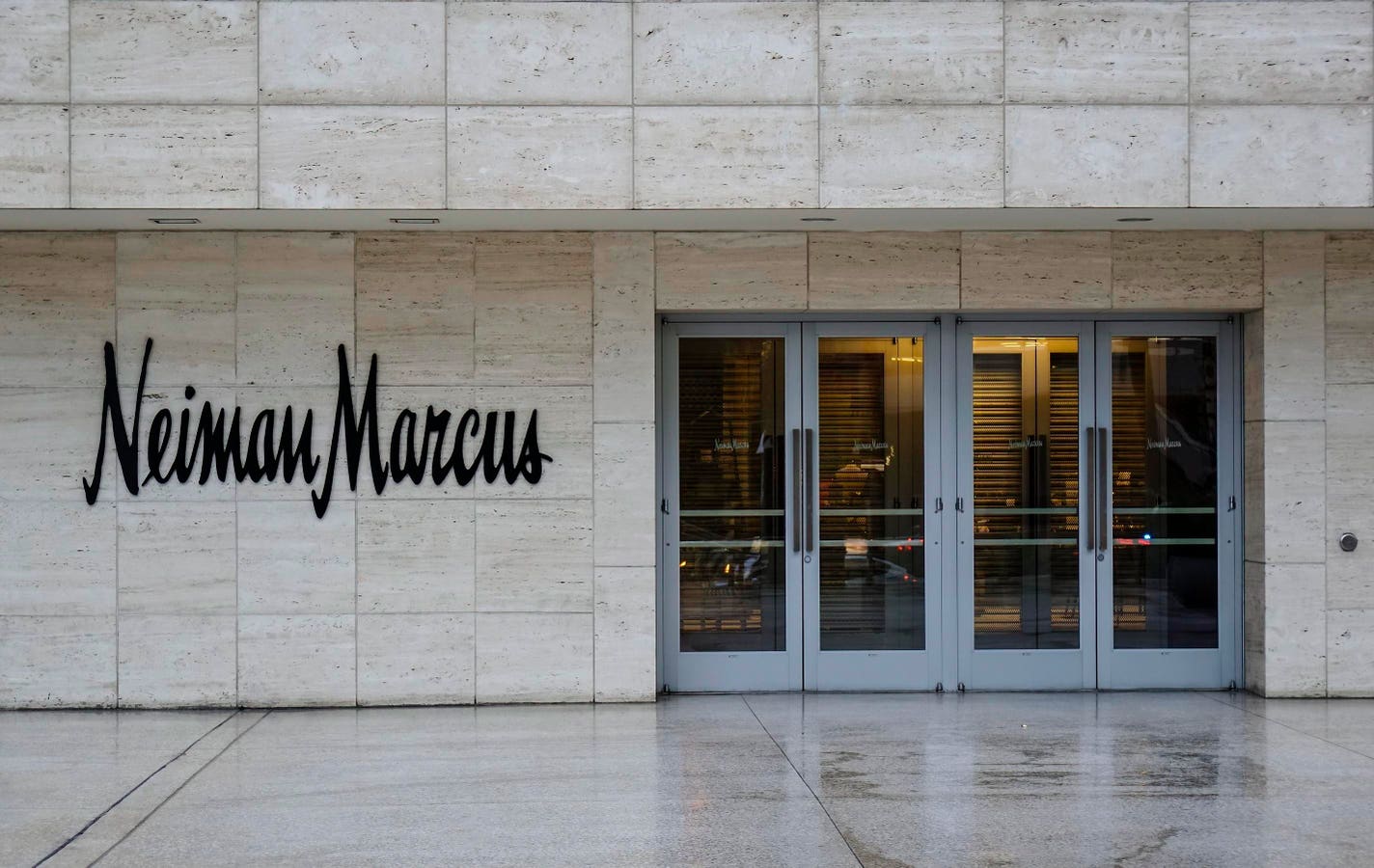Company Overview

Saks Fifth Avenue and Neiman Marcus are two of the most iconic luxury department store chains in the United States. Both companies have a long and storied history, dating back to the late 19th century.
Saks Fifth Avenue was founded in 1896 by Horace Saks and Bernard Gimbel. The company’s first store was located on Broadway in New York City. Saks quickly became known for its high-end merchandise and its impeccable customer service. Over the years, Saks has expanded to include stores in major cities across the United States.
Neiman Marcus was founded in 1907 by Herbert Marcus and Carrie Marcus Neiman. The company’s first store was located in Dallas, Texas. Neiman Marcus quickly became known for its luxury merchandise and its Southern hospitality. Over the years, Neiman Marcus has expanded to include stores in major cities across the United States.
Current Ownership Structures
Saks Fifth Avenue is currently owned by Hudson’s Bay Company. Hudson’s Bay Company is a Canadian department store chain that also owns Lord & Taylor and Galeria Kaufhof.
Neiman Marcus is currently owned by the Ares Management Corporation. Ares Management Corporation is a global investment firm that also owns J. Crew and Forever 21.
Acquisition Details

Saks buying neiman marcus – In May 2023, Saks Incorporated announced its intent to acquire Neiman Marcus Group in a transformative deal valued at approximately $2.2 billion. The transaction involved a combination of cash and stock, with Saks emerging as the surviving entity.
Rationale for Acquisition
Saks’ decision to acquire Neiman Marcus was driven by several strategic considerations. Firstly, the acquisition aimed to create a formidable luxury retail powerhouse with a wider customer base and enhanced brand portfolio. By combining the strengths of both companies, Saks sought to offer a comprehensive range of luxury products and services to its discerning clientele.
Furthermore, the acquisition was seen as a means to expand Saks’ geographical footprint. Neiman Marcus had a strong presence in key markets such as Texas, Florida, and California, complementing Saks’ existing locations in major metropolitan areas. This expanded reach would enable Saks to cater to a broader customer base and solidify its position as a leading luxury retailer.
Additionally, the acquisition presented opportunities for operational synergies. Saks planned to leverage its expertise in e-commerce, data analytics, and supply chain management to enhance Neiman Marcus’ operations. This would lead to improved efficiency, cost savings, and a more seamless customer experience.
Long-Term Outlook: Saks Buying Neiman Marcus

The acquisition of Neiman Marcus by Saks is poised to reshape the landscape of the luxury retail industry. The combined entity, with its expanded portfolio of iconic brands, loyal customer base, and enhanced scale, is well-positioned to navigate the evolving retail landscape and drive long-term growth.
Growth Opportunities
- Expanded Geographic Reach: The acquisition significantly expands Saks’ presence in key markets, particularly in the Western and Southern United States, providing access to new and affluent customer segments.
- Enhanced Brand Portfolio: The combined entity boasts a comprehensive portfolio of luxury brands, including Saks Fifth Avenue, Neiman Marcus, Bergdorf Goodman, and The Row, catering to a diverse range of customer preferences and price points.
- Cross-Selling Opportunities: The acquisition creates opportunities for cross-selling and customer acquisition between Saks and Neiman Marcus stores, leveraging their respective strengths and loyal customer bases.
- Operational Efficiencies: The combined scale allows for improved purchasing power, streamlined logistics, and shared infrastructure, resulting in operational cost savings and enhanced profitability.
Challenges, Saks buying neiman marcus
- Integration Challenges: Integrating two large and complex organizations requires careful planning and execution to ensure seamless operations and maintain customer loyalty.
- Market Saturation: The luxury retail market is highly competitive, and the combined entity will face challenges in differentiating itself and capturing market share from established players.
- Evolving Consumer Behavior: The acquisition must address the evolving consumer behavior, including the growing shift towards online shopping and the increasing influence of social media on purchasing decisions.
